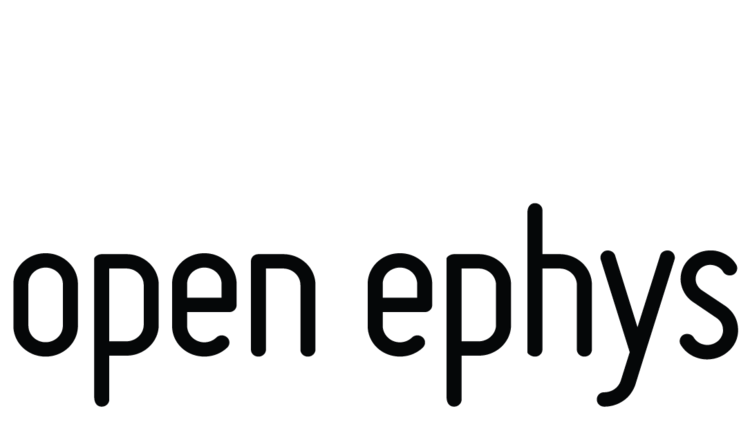New product: pyControl
We are pleased to announce that a new open-source device is now available to be purchased through the Open Ephys Store. pyControl is a software/hardware package for implementing rodent behavior experiments, based on the Micropython microcontroller. The USB-based pyControl interface can be hooked up to nose pokes, LEDs, solenoids, audio drivers, and other devices used for behavioral training. A single computer can control many pyControl setups, allowing high-throughput experiments to be implemented at low cost.
From the pyControl documentation:
“pyControl makes it easy to program complex behavioural tasks using a clean, intuitive, and flexible syntax for specifying tasks as state machines. User created task definition files, written in Python, run directly on the microcontroller, supported by pyControl framework code. This gives users the power and simplicity of Python for specifying task behaviour, while allowing advanced users low-level access to the microcontroller hardware.”
pyControl is in daily use in a number of laboratories and has run many thousands of hours of behavior experiments. It's also a great tool for courses, given how easy it is to get started using it.
The system is being actively developed by researchers at the Champalimaud Foundation and Oxford University. Profits from the sale of pyControl will support the continued development of the system. For any questions please contact the pyControl Google Group.
New version of the GUI
Version 0.4.4 of the Open Ephys GUI is now available for download from our website and GitHub. This version includes a number of bug fixes and user interface improvements, including:
A new plugin for streaming data from Intan's 1024-channel Recording Controller
An improved Pulse Pal plugin that allows the user to configure the device from software
An updated FrontPanel DLL that improves performance of our acquisition board on Linux machines
We recommend that all users upgrade to this version. As always, be sure to carefully test any features you need before using this software in your experiments.
This version has been improved by collaborative development more than any previous release. We’d like to thank Alessio Buccino, Ethan Blackwood, Iryna Yavorska, Kevin Boergens, Ben Acland, Martin Spacek, Jon Newman, Evan Matteson, Ronny Eichler, Clayton Barnes, and Chuck Holmes for their invaluable help with testing and bug fixes. And of course, this release would not have been possible without the hard work of our lead support person, Aarón Cuevas López.
Preprints from the Open Ephys community
In the last 2 months, there have been at least four new bioRxiv preprints based on data collected with Open Ephys tools:
A team from the Allen Institute led by Corbett Bennett and Sam Gale has posted a preprint describing their detailed characterization of the lateral posterior thalamic nucleus of mice. They found that this nucleus contains three sub-regions, each with its own distinct anatomical connections, cellular tuning properties, and maps of visual space. All of the data was collected with “Phase 2” Neuropixels probes using the Open Ephys acquisition board.
https://www.biorxiv.org/content/early/2018/08/18/395244
Nikolaos Karalis and Anton Sirota from Ludwig-Maximilian University Munich have shown that long-range coordination between the components of the limbic system is orchestrated by respiratory rhythms. Breathing creates an oscillatory scaffold that may facilitate information transmission between disparate regions of the rodent brain. They used chronically implanted tungsten electrodes and silicon probes streaming data through the Open Ephys acquisition board.
https://www.biorxiv.org/content/early/2018/08/16/392530
Michael Okun (now at University of Leicester) and his colleagues at UCL have released a preprint characterizing the dynamics of prefrontal neurons across a wide range of timescales. They find that coordination between individual units and their neighbors can be quite distinct, depending on the timescale under investigation. Much of the data was collected with chronically implanted silicon probes using the Open Ephys acquisition board.
https://www.biorxiv.org/content/early/2018/08/18/395251
Hyeyoung Shin and Chris Moore at Brown University have posted their recent findings on gamma oscillations in somatosensory cortex. They describe a class of fast-spiking interneurons that fire at gamma frequencies but are not strongly driven by sensory inputs. The precision with which these neurons are time-locked to gamma on a given trial is correlated with detection performance in mice trained to respond to whisker deflections. The authors used flexDrives and Open Ephys acquisition boards to collect all the data in this study.
https://www.biorxiv.org/content/early/2018/07/25/374314
We are happy to see so many exciting results coming out of the Open Ephys community. If you are aware of other preprints or publications using Open Ephys, please let us know!
Until next time,
The Open Ephys Team
